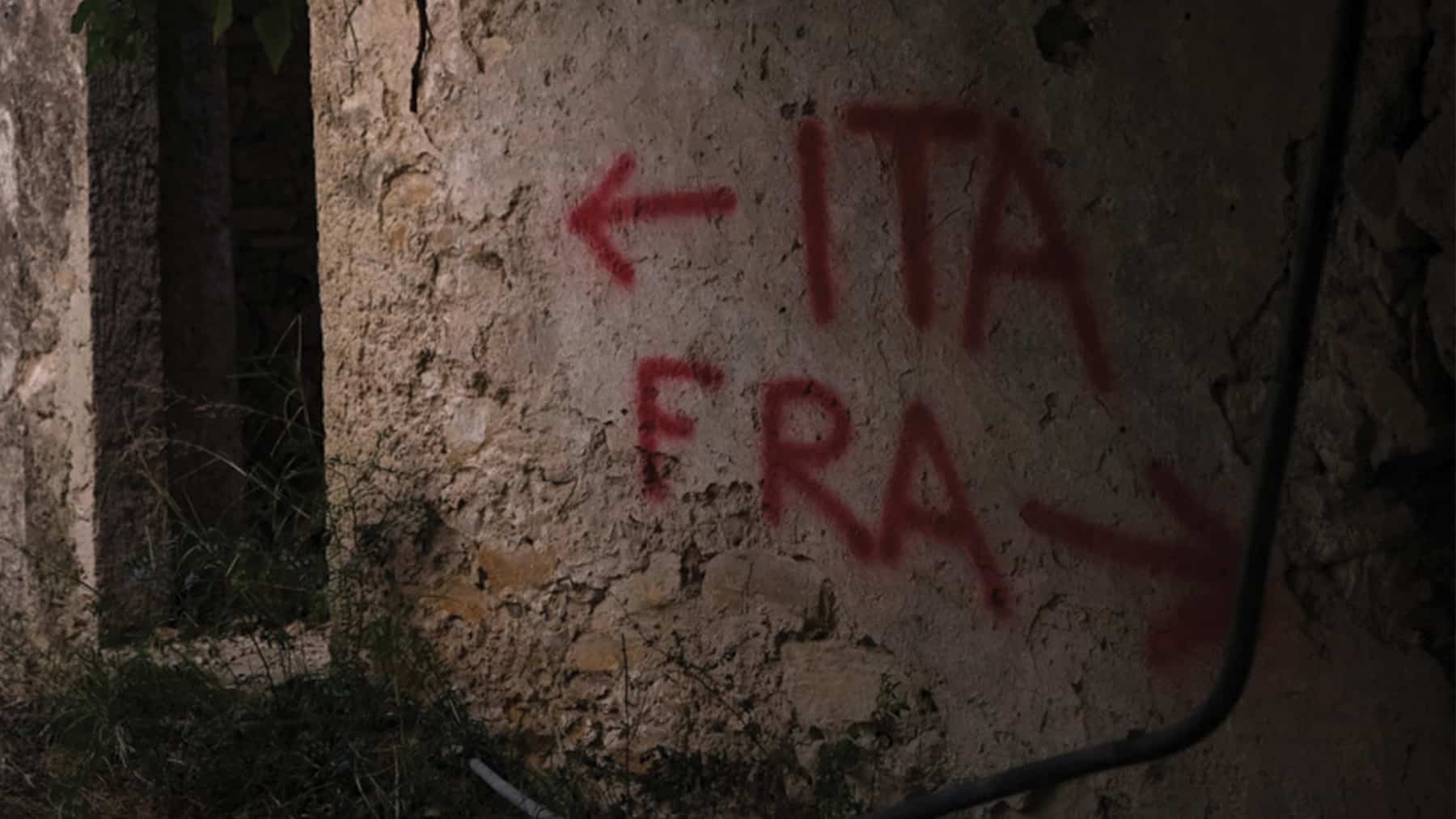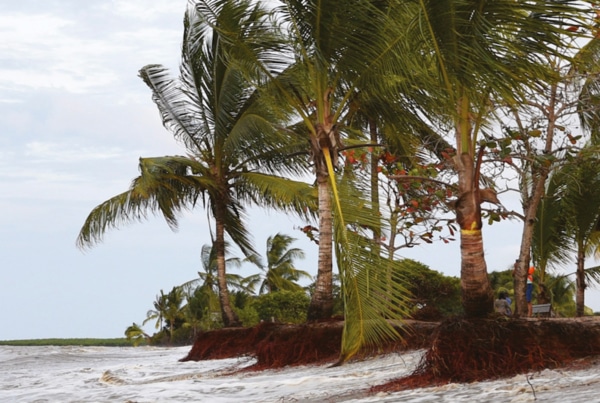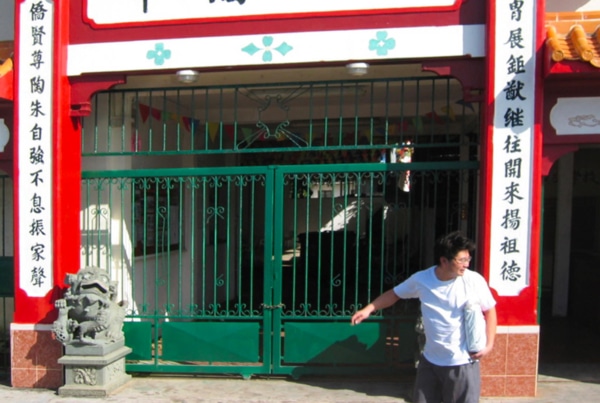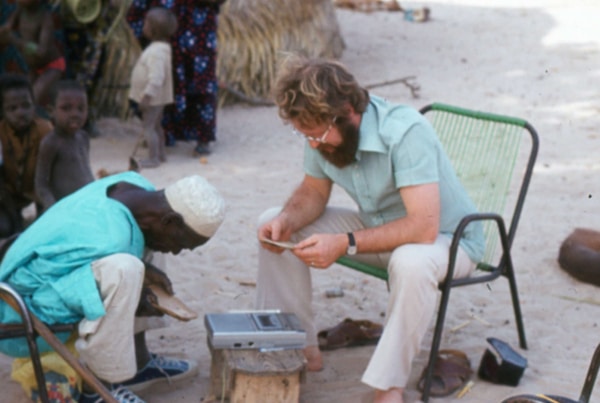
As part of the "Borders, circulation, interculturality and human-environment interaction" seminar, the LEEISA and MINEA laboratories, in collaboration with the DFR LSH, are organising a conference entitled "Migrants' struggle for freedom of movement: the case of the French-Italian border and the border town of Ventimiglia", on Friday 8 December 2023 from 4pm to 8pm in F 108.
France's reintroduction of controls along its national border with Italy needs to be assessed in the wider European context of the 'crisis' triggered by the scale of migration in recent years. Since 2015, in fact, practices of checking and turning back unauthorised movements have begun to materialise on cross-border trains and buses, on provincial roads, at motorway tolls and even on mountain trails to the detriment of racialised people. This has not led to a halt in migratory flows, as people still manage to get through, but it has increased the human cost of travel in terms of deaths, injuries, fatigue and suffering. In this respect, the self-organisation practices of migrants, the social infrastructures of European solidarity and the non-human environment have played a key role in enabling unauthorised movements to take place.
Ventimiglia is located on the Ligurian coast, just 6 km from the Franco-Italian border. This town of 20,000 inhabitants, situated at the heart of a historically porous border zone, has a long tradition of trade, customs and smuggling activities. The reintroduction of border controls in 2015 radically reshaped the social landscape of the place as it had become after the liberalisation of movement under the Schengen Agreement. The town has become both an informal waiting area and information hub for people on the move, and a site for the management, discrimination and repression of the migrant population.
The Ligurian Ponente, deformed by the sensibility of the writer from San Biagio della Cima, with its countless little border stories, appears as the absolute protagonist of the narrative, and the border entity characterises it decisively. The relationship between Biamonti's writing and the border is intimate and intense, and readers can draw inspiration from it to reflect on themes dear to the author: first and foremost, the ancient pietas in the midst of the storm of history.
About the speaker
Ivan Bonnin is a critical sociologist currently a postdoctoral researcher at the University of Genoa. His research interests range from border studies to racial capitalism in Europe and the Mediterranean, from social theory to international relations 'from below'. Since 2015, Ivan has worked extensively in the Ventimiglia border area, where he has conducted ethnographic analyses of various types. As a sociologist and activist, he believes in the transformative energy of solidarity and supports radical democratic practices.




